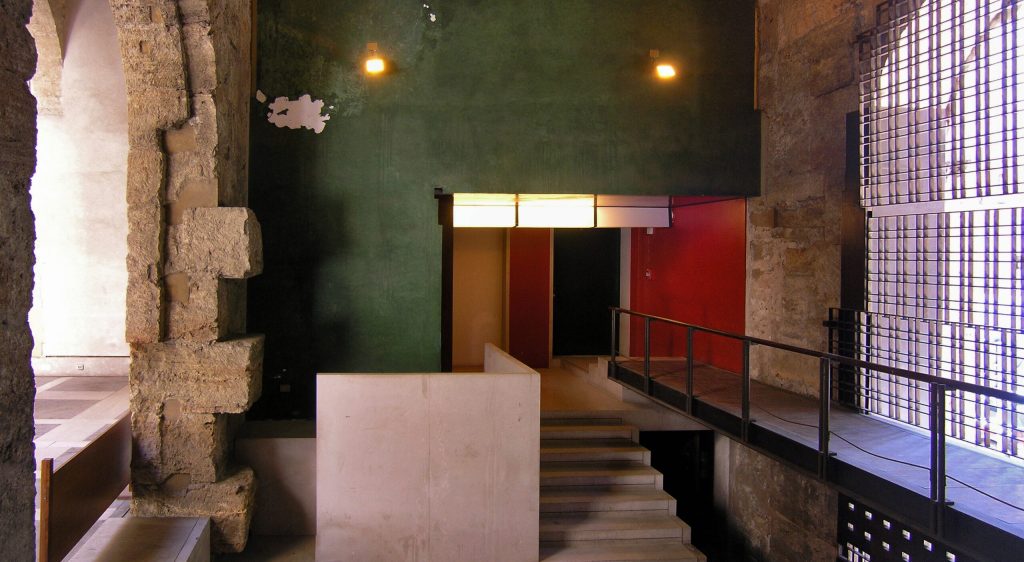Got a project that’s too contemporary for your client? Submit your conceptual works, images and ideas for global recognition and print publication in the 2025 Vision Awards, launching this spring! Stay updated by clicking here.
Positioned at the intersection between the arts, humanities and sciences, architecture is nowadays viewed as a discipline that requires rigorous training and a lengthy academic education to become a practicing architect. Still, throughout time, there have been many stories of individuals who succeeded within the profession without completing a formal education. These autodidacts (i.e., self-taught) architects were driven by pure curiosity, discipline and a desire to create, carving their own path into the built environment.
Before introducing these unique figures, let’s look more closely at the concept of autodidacticism. This art of self-directed learning challenges the idea that mastery involves institutional validation. Even though architecture as a profession requires the obtainment of specific qualifications to become a licensed architect, the design itself remains a more fluid and open territory. In ancient times, architects were trained through the act of building and mentorship as well as through observation and practice. Today, the democratization of information through web platforms allows the dissemination of knowledge that was inaccessible in the past. Consequently, we need to ask a bigger question: is architecture a profession you can learn, or is it something you become?
Frank Lloyd Wright
Perhaps the most famous American architect without a formal degree, Frank Lloyd Wright officially dropped out of the University of Wisconsin after completing only his first year. He was taught architecture mainly by working for other firms, most notably pursuing an apprenticeship in Adler & Sullivan, which provided the bedrock for later establishing his own future practice. His approach to formal education was always skeptical, claiming it was based primarily on past knowledge, thus encouraging self-discovery and a more individualistic approach toward architectural understanding.
Tadao Ando
The Japanese Pritzker Prize-winning architect essentially self-directed his education by observing old Kyoto buildings. In his early years, mathematics and carpentry sparked his interest, thus inspiring him to pursue a path in architecture. However, because he could not afford architecture school, he decided to embark on a journey of self-education. By reading books, attending night classes, and studying buildings all around the world, he developed his own approach to architectural practice, eventually opening his own office in 1969.
Peter Zumthor
The 2009 Pritzker Prize laureate “began” his education as a cabinetmaker, learning the craft next to his father. In 1963, he went to the Basel Arts and Crafts School to study, being taught “all the basics of design” by numerous Bauhaus teachers. He was introduced to concepts such as negative and white space, line and surface, color theory and the practice of drawing. He also attended New York’s Pratt Institute for a short amount of time to study industrial design and finally, he established his own practice in Switzerland in 1979. Similarly to Wright, Zumthor took pride in never receiving a formal architectural education, claiming that institutions now push for a more philosophical or artistic approach regarding the discipline, disregarding the actual business of making buildings.
Eileen Gray
ArtStor, ARTSTOR 103 41822003780648, CC BY-SA 4.0
The Irish furniture and interior designer and architect had a very sporadic educational experience. Apart from taking some painting classes at the Slade School of Fine Art, she learned the ropes of design through multiple collaborations and work opportunities. Specifically, in 1912, her lacquer-based work was informed by the owner of a lacquer shop in London, who showed her the tricks of the trade. Initially, she designed furniture and interiors; however, in her later years, she partnered with Jean Badovici to design the E-1027 house in France and eventually proceeded to create several other architectural works, such as the Tempe à Pailla in the French Riviera.
Carlo Scarpa
Known for his distinct approach towards design and space-making, the Italian architect attended the Royal Academy of Fine Arts in Venice, refusing to sit the required professional exam to become accredited. Not wanting to associate himself with another architect, he chose a solo career path at the Royal Superior Institute of Architecture, teaching architectural drawing. He then collaborated with glassmakers in Murano, designing jars and chandeliers for 15 years. Eventually, the renovation of the Museo Castelvecchio in Verona became the turning point for his architectural “status,” finally receiving formal recognition for his work.
Exceptionalism and Exceptions
These five “exceptions” serve as great inspiration in today’s professional setting. During the past decade, the relationship between formal architectural education and professional practice has been heavily criticized, potentially making these autodidactic paths more attractive than ever. The high educational costs, coupled with the uncertainty of the market and the low architecture salaries, have prompted many aspiring designers to seek alternative routes, which, in turn, acts as a wake-up call for the established institutional and professional system. Accessible knowledge, flexible learning, and the stories of self-taught architects remind us that mastery does not always require official validation but rather the ability to think critically and engage deeply with the world through observation and experimentation.
Got a project that’s too contemporary for your client? Submit your conceptual works, images and ideas for global recognition and print publication in the 2025 Vision Awards, launching this spring! Stay updated by clicking here.
Featured Image: seier+seier, Carlo scarpa, palazzo steri entrance, palermo 1973-1978 (3578045838), CC BY 2.0

